Checkout Page for an E-commerce platform
Hi everyone 👋
For this brief, I've tried to bring a new look to the checkout page of the Moft.us website.
Moft.us is an e-commerce platform that create origami-inspired, lightweight carry accessories that empower people to work and create on the go.
This plateforme is created with Shopify. I know that because here is the look of the checkout page :
After analyzing the checkout page, here are the few points I found relevant :
- The entire form is visible at once, which could quickly become an obstacle for the user (I'm going to fix that with a multiple step form)
- If I want to log in, I have to leave the checkout page
- The style of the form is not linked to the design system of the rest of the website
- The cart can't be modified
- So first, I created a user flow that transcribes the user's path through the page. Here it is (all the documents I present are available in the project I provide in this post):
It helped me a lot to create the wireframe that I present here :
Before creating the final layout and its prototyping, I thought of making a few components to respect the graphic line of the rest of the site as much as possible :
And finally, I can present you what I've done. There are many page, so I thought an interactive prototype is better :
Click here to test the checkout page.
Thank you everyone, hope the community will appreciate it.
And thank you to my wife, that helped me with some feedbacks (she's a senior UX/UI designer lol).
Tools used
From brief
Topics
Share
Reviews
2 reviews
Great Design Hamza. I will provide the feedbacks based on the below aspects
UX Feedback:
Progress Tracker Simplification:
- A lengthy checkout process can cause users to lose interest or abandon their purchase. To simplify, you can remove the "Summary" step and include shipping details under the "Address" step, streamlining the flow.
Forgot Password Option:
- If there's a login option, providing a "Forgot Password" feature is essential. It ensures users who can't remember their credentials have an easy way to access their accounts.
Guest Checkout Details:
- Allowing users to fill in their details during the "Address" step for guest checkout keeps the process straightforward and avoids redundancy. This ensures a smooth experience for non-logged-in users.
Contact Information Under Address:
- Adding a contact information field under "Address" eliminates the need for a separate step, reducing complexity while capturing all necessary user details.
CTAs in Login Tab:
- Having three CTAs below the login button is confusing as it implies users might skip steps and go directly to payment. Display payment-related CTAs only in the "Payment" tab to align with the progress tracker and avoid user confusion.
Product Card Appearance:
- If the product cards are intentionally greyed out as part of the design language, they appear disabled. Consider adding more visual cues or changing the color scheme to indicate they are interactive and available for selection.
Tax Information:
- Taxes are an important detail when pricing products. Ensure this information is clearly displayed so users have full transparency before proceeding to payment.
Discount "Apply" Button:
- The arrow icon next to the discount field is misleading as it suggests a next step. Replace it with an "Apply" button to make the functionality clear and actionable.
Surname to First Name:
- In the address form, replace "Surname" with "First Name" to align with standard naming conventions and user expectations.
Summary Display:
- The "Summary" section should be contextually relevant. If it is about the product ordered, it should display product details. If it’s about user details, it should summarize their input. Ensure its content matches its purpose.
UI Feedback:
Icons in Progress Tracker:
- Adding icons to the progress tracker enhances visual clarity and helps users quickly identify steps in the process.
Cart Summary Icons:
- The delete and edit icons in the cart summary are too small, making them difficult to locate and use. Increasing their size improves visibility and usability, especially for mobile users.
Input Field Height for Mobile:
- Input fields should have a taller height on mobile devices to accommodate touch interactions and improve accessibility.
Input Field Stroke Thickness:
- A thinner stroke for input fields can give a cleaner, more modern look while still maintaining clear visibility.
Good work, keep designing. All the best
It's very helpful
You might also like
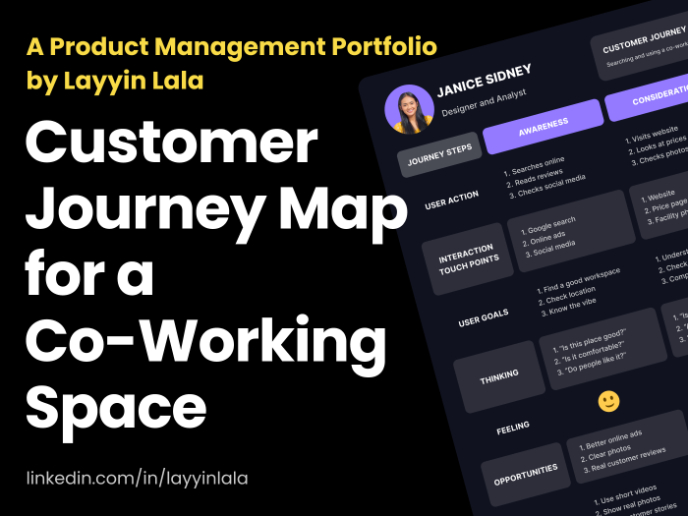
Customer Journey Map for a Co-Working Space
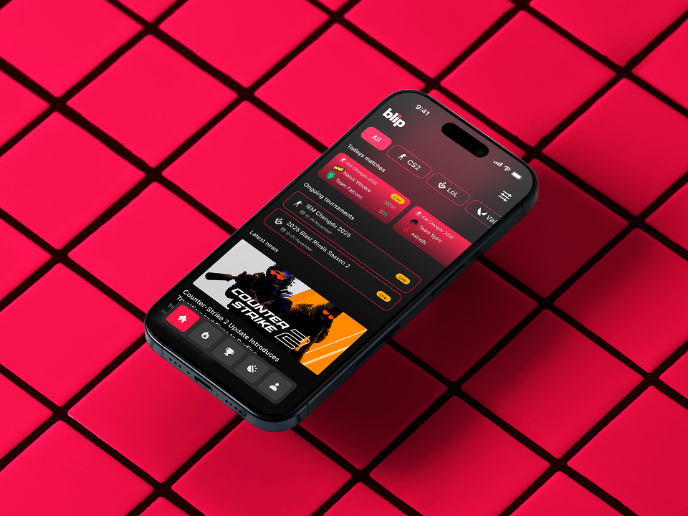
Blip - Esport app design (Light & Dark UI)
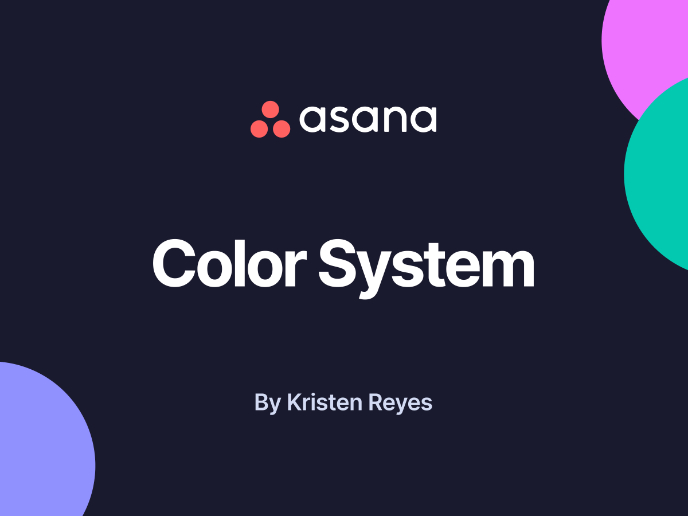
Reimagining Asana's Color System
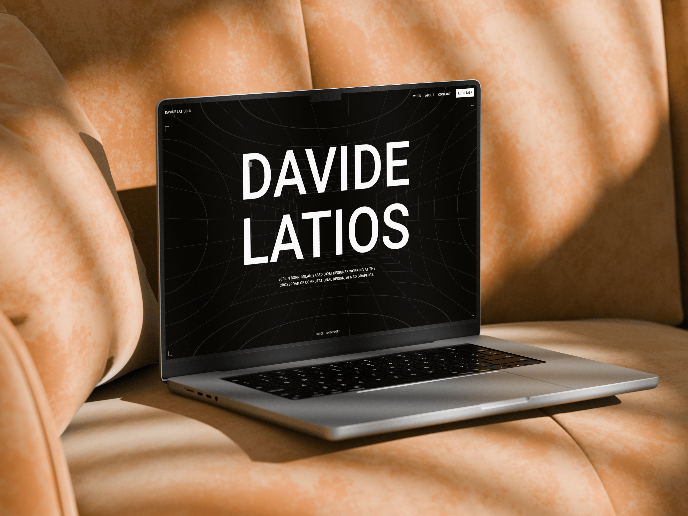
Latios - Free Portfolio Template for UX/UI Designers
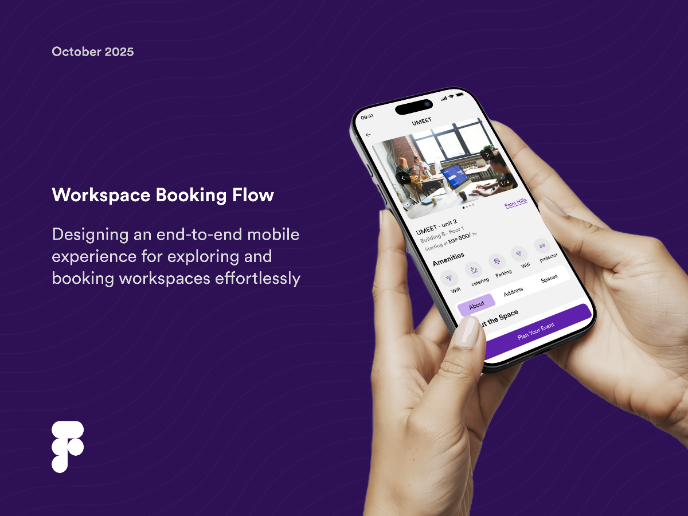
Workspace Booking Flow - UI/UX Design
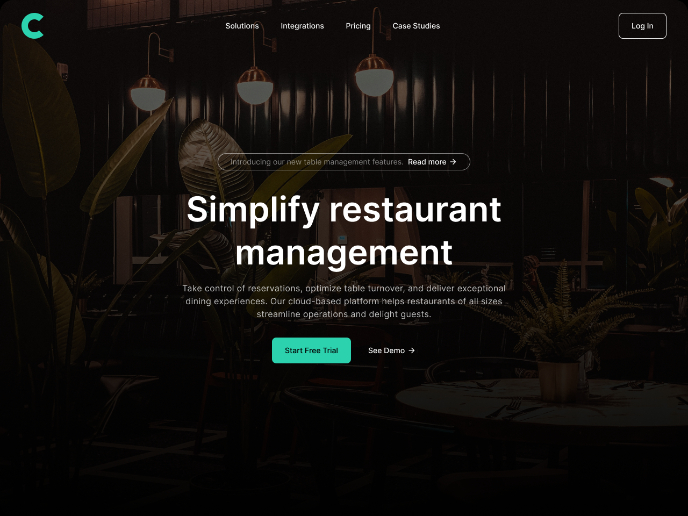
Responsive Main Screen
Interaction Design Courses

UX Design Foundations

Introduction to Figma


















